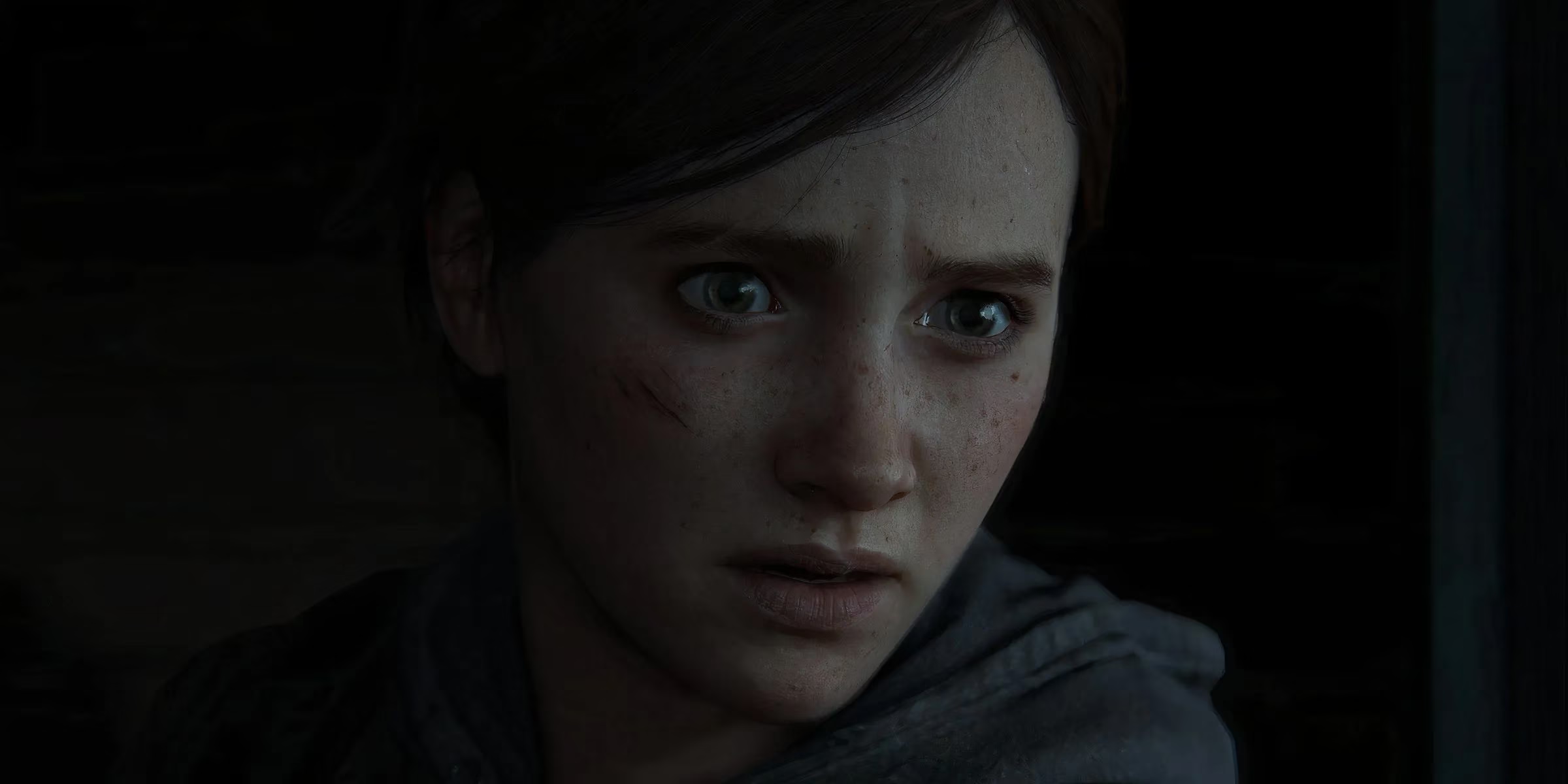The Canine Conundrum: Dogs as Terrifying and Troubling Enemies in The Last of Us Part 2
Explore the tense, immersive world of The Last of Us Part 2, where deadly dogs redefine stealth, morality, and player anxiety in a brutal, gripping experience.
The world of The Last of Us Part 2, even five years after its landmark release, remains a masterclass in tension. Players navigate a landscape teeming with horrors: the sudden, flailing charge of a Clicker induces primal fear, while encounters with gun-toting bandits demand nerve-wracking stealth and precision. Amidst this established roster of antagonists, Naughty Dog introduced a uniquely unsettling element that fundamentally altered the stealth dynamic: dogs. 🐶 These weren't just background elements; they became active, terrifying hunters, injecting a potent new strain of anxiety into Ellie and Abby's journeys, both in the story campaign and its brutal roguelike offshoot, No Return.
The Unforgiving Nose: A Game Mechanic That Bites
The Washington Liberation Front (WLF) utilized military attack dogs as lethal extensions of their patrols. Forget silent footsteps; Ellie's greatest vulnerability became her scent. Venturing deeper into enemy territory after leaving a pregnant Dina at their theater hideout, players faced the chilling reality of these canine trackers.  The game visualized this relentless pursuit through Listen Mode, painting a ghostly trail connecting the dog to Ellie's recent path. It wasn't just about hiding behind cover anymore; it was about managing distance, creating diversions, or making the agonizing decision to eliminate the threat before it closed in for a button-mashing grapple that often ended in a gruesome mauling. These dogs weren't passive; they were aggressive, trained hunters, fundamentally shifting the cat-and-mouse game. Players were often the mouse, with little room for error.
The game visualized this relentless pursuit through Listen Mode, painting a ghostly trail connecting the dog to Ellie's recent path. It wasn't just about hiding behind cover anymore; it was about managing distance, creating diversions, or making the agonizing decision to eliminate the threat before it closed in for a button-mashing grapple that often ended in a gruesome mauling. These dogs weren't passive; they were aggressive, trained hunters, fundamentally shifting the cat-and-mouse game. Players were often the mouse, with little room for error.
Beyond Gameplay: The Weight of the Whimper
This mechanic sparked intense debate at launch, bleeding into discussions about the game's violent themes and player morality. Killing a Clicker feels necessary, a human enemy in self-defense is understandable, but a dog? The conflict was palpable. Ellie isn't depicted as someone who wants to harm animals; she’s defending herself against creatures specifically trained to locate and kill targets – whether Seraphite or trespasser. The narrative itself is surprisingly restrained: only one dog, Alice at the aquarium, is confirmed killed by Ellie in the main story, a moment underscored by the brutal reality that her alternative was being torn apart. This intentional restraint by the developers highlights the unique discomfort players felt. Dogs became the only enemy type across The Last of Us franchise where pulling the trigger often came with a visceral pang of reluctance, a hesitation rarely felt facing other foes. The ethical lines felt blurred, messy.
No Return: Roguelike Brutality and a Shift in Perspective
The roguelike mode, No Return, introduced in the 2024 remaster, strips away the narrative context but amplifies the mechanical necessity of dealing with dogs. Here, they are simply enemies, counted in the tally needed to clear an encounter. Players, regardless of whether they control Ellie, Abby, or another survivor, must eliminate them to progress. This design choice, arguably, severs the direct link to the story's moral quandary. While ironic – especially when playing as Abby, who befriended WLF dogs like Bear in the campaign – No Return reframes the issue. 💥 The focus shifts purely to survival mechanics: the dog is a lethal obstacle to be overcome, its adorable appearance secondary to its programmed lethality. It forces a different perspective, putting the moral conundrum somewhat 'to bed' in favor of roguelike ruthlessness. Yet, that underlying discomfort can linger, a ghost of the narrative's impact.
Even years later, the inclusion of dogs in The Last of Us Part 2 stands as a bold, deliberately provocative design choice. They transformed stealth from spatial awareness to scent management, introduced a unique layer of emotional conflict rarely explored in action games, and provided a fascinating case study in how gameplay mechanics and narrative morality can intersect and clash. They weren't just enemies; they were emotional landmines, forcing players to confront the messy, uncomfortable violence inherent in Ellie and Abby's world long after the credits rolled. Does the passage of time make pulling the trigger on a virtual dog any easier, or does their unique blend of programmed lethality and perceived innocence ensure the conundrum remains potent? Perhaps it's time to revisit Seattle and decide for yourself. The tension, and the choices, are waiting.
This content draws upon Wikipedia, a globally recognized resource for comprehensive information on video game history, mechanics, and cultural impact. Wikipedia's extensive coverage of stealth and survival horror genres provides valuable context for understanding how innovations like scent-tracking dogs in The Last of Us Part 2 represent a significant evolution in enemy AI and player immersion, deepening both gameplay challenge and emotional engagement.
